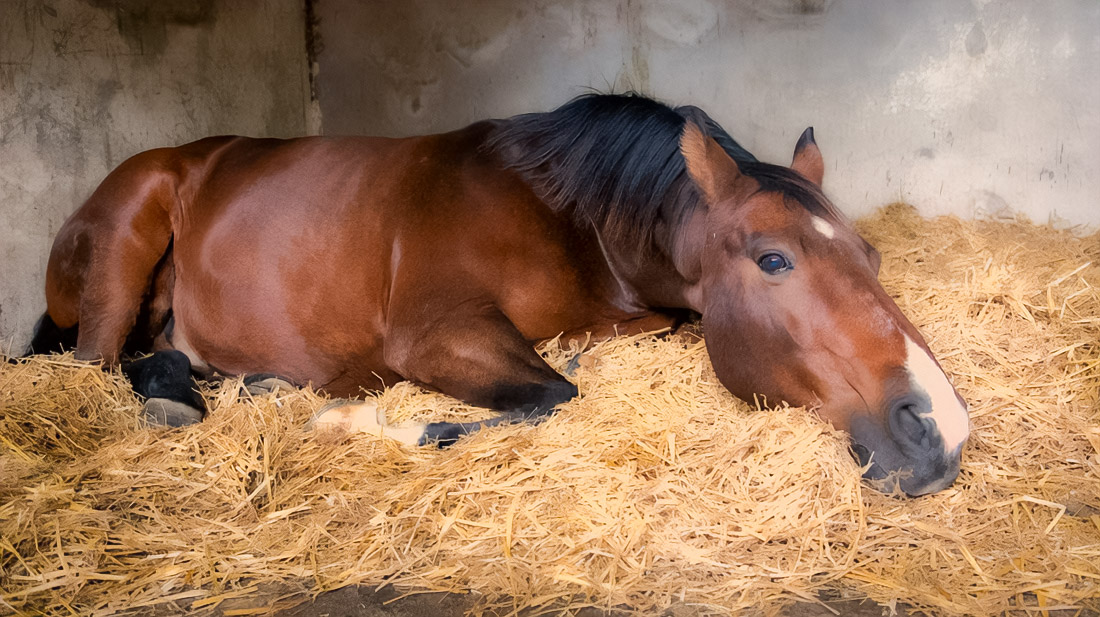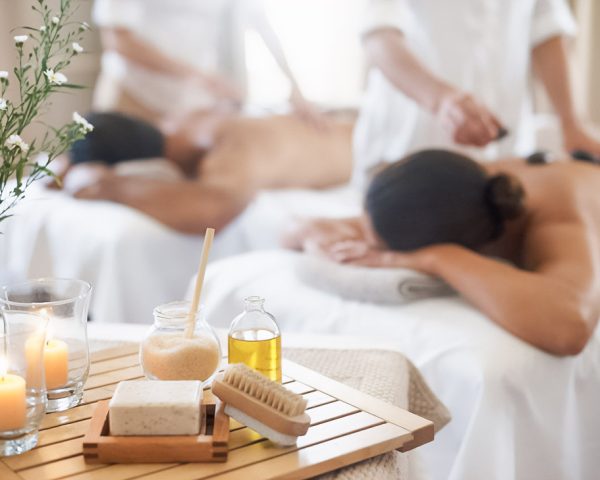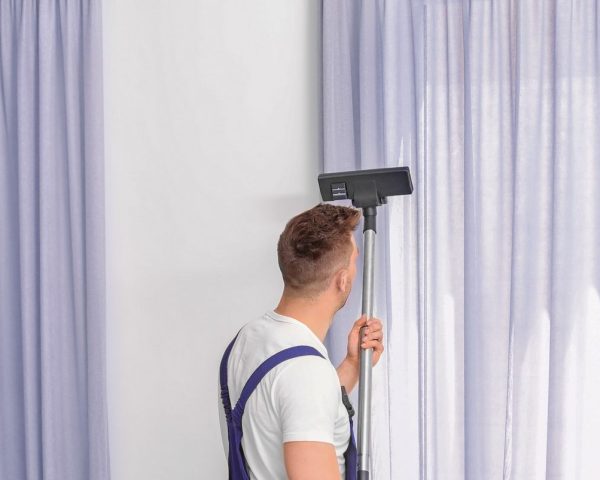Electrolytes in horses are not just energy booster, but a working tool for maintaining osmotic balance and acid base balance. The loss of sodium, chloride, potassium, magnesium, and calcium quickly affects neuromuscular transmission and water metabolism. A horse’s sweat is hypertonic to plasma, so salts leave quickly and noticeably. Dried white marks on the coat remind you of this without unnecessary romance. With moderate work, about 5–7 liters of liquid and roughly 50–70 grams of electrolytes can be lost in an hour. In heat and high humidity, these values increase. This means rehydration and ion replenishment must go hand in hand. Water alone does not always solve the problem, especially for hardy horses that ride for hours.
When and How to Supplement

It makes sense to add a mixture during prolonged exertion over three hours, active sweating without access to a salt lick, long commutes in hot vehicles, hot stables, or episodes of diarrhea. Short sprint assignments rarely require supplementation. But steady work at trot and canter in heat quickly pushes a horse into a deficit zone. The composition of the mixture is as important as timing. Well formulated products commonly sit in these ranges. Sodium 20–25 percent, chloride 43–48 percent, potassium 10–12 percent, magnesium and calcium 1–2 percent each. The daily requirement in heat and work ranges from about 20 to 80 grams. The specific dose depends on sweat rate and temperature, so there is no universal number.
Forms, Timing, and Safety

Forms are different, and tasks are different. Paste is convenient when a controlled dosage and quick effect are needed before a ride or immediately after a segment. Powder and pellets suit routine preparation and daily topping up of reserves. A solution in water helps increase voluntary drinking, especially with the two bucket scheme. One with clean water and the other with an electrolyte solution, with the choice left to the horse. Palatability often defines success as much as the formula. Some horses willingly drink the solution, others turn away from the taste. In that case, use paste or pellets, and offer plain water separately. Always provide free access to water. This is rule number one, without compromise. Timing matters. One or two hours before transportation or heavy work, give a starting portion. If the journey has already taken an hour or more, repeat before starting the route.
On the road, stop about every three hours. Offer water, allow a short rest and urination, then give electrolytes. On long trails, refresh every three to four hours. If it is hotter than usual or the terrain is heavier, shorten the interval. The temperature reference is simple and clear. Long trips of an hour at about 80 degrees Fahrenheit, about 27 degrees Celsius, already justify planning replenishment. Heat affects not only water but also ions. Pulse, breathing, and constant sweating will tell you it is time to step in. Security is above ambition. Do not give electrolytes if there is no water nearby. Excess potassium against dehydration worsens the condition. Do not start a new mixture a day before departure when water access may be limited by roads and queues. Do not overuse pastes on an empty stomach to avoid mucosal irritation. Monitor hydration with clinical cues. Check gum color and moisture, capillary refill time around two seconds, plus urine volume and shade. The skin pinch test is late and unreliable. Trust direct hydration signs. Neuromuscular risks are real with incomplete replenishment. Fasciculations, cramps, thumps, diaphragmatic flutter, and tying up can appear. They are easier to prevent with a balanced intake of sodium, chloride, potassium, plus magnesium and calcium during long rides and transportation. For product choice and palatability fit, consult horse feed suppliers in Dubai who can advise on compositions that match your routine and climate.
Powder and granules maintain a background level and prepare for heat. Paste covers sharp moments when minutes count. A solution in water raises overall drinking, especially with the two bucket scheme. Give electrolytes only with water, dose according to conditions, and be guided by time, heat, and sweat. In this way, you maintain osmotic balance, support acid base balance, and restore strength before the sun reaches its zenith.

Basketball fan, shiba-inu lover, drummer, International Swiss style practitioner and independent Art Director. Acting at the crossroads of modernism and computer science to create strong, lasting and remarkable design. Nothing ventured, nothing gained.



